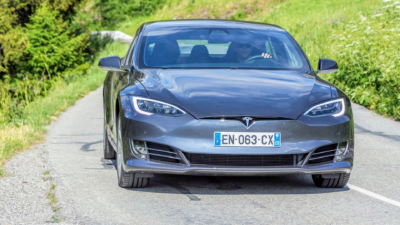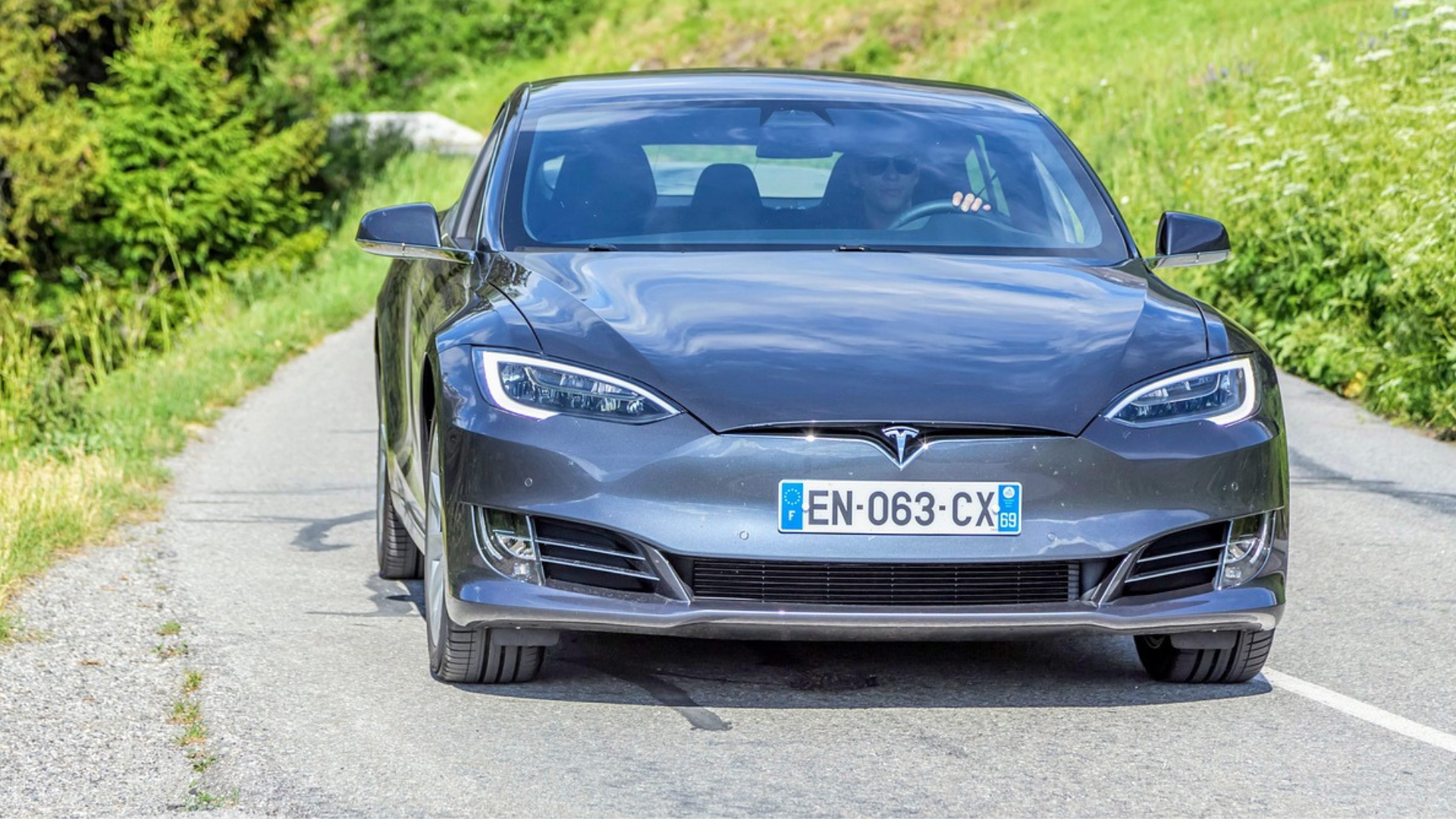Don’t fear the ‘Trump effect’ in emerging markets: Ninety One
The second Trump presidency has started with a bang. The prospect of a return to the era of economic protectionism – of weaponised tariffs and tit for tat retaliation – has investors scrutinising the countries that could be most affected: China, a host of other emerging markets, and a good number of European states.
But the ‘Trump effect’ is probably overblown, according to Archie Hart, co-portfolio manager for a number of Ninety One’s emerging market equity strategies.
“This isn’t new; we’re nine years into this. Trump came in in January 2017; we had a wave of protectionism, of tariffs, of very competitive policy towards China. When Biden came in in 2021, we saw more tariffs, more combative policy with China. Trump comes in in 25 and does the same thing. This isn’t really a change of direction or a shock; it’s a question of whether we accelerate in this direction and how we think about it.”
And because this has been going on for almost a decade, the world has adapted. China has reduced its reliance on the United States as an export market, and valuations across the emerging market universe have also come down – and closer to reality – since his first term
“Trump represents risks to the asset class, but risks we’ve known about for nine years and ones that are mostly priced in,” Hart says.
Which isn’t to say that there won’t be any impacts. Mexico, which makes up about two per cent of the emerging market benchmark and was supposed to benefit from the nearshoring trend, has been hit with the threat of 25 per cent tariffs by the Trump administration. 85 per cent of its trade goes to the US, and 24 per cent of its GDP is derived from it.
“If you’re looking at a country to really worry about, it’s Mexico; it’s definitely existential for Mexico. Somebody needs to do a deal – any deal, but a deal.”
But what’s more important than the reality of Trump’s actions – at least, to investors – is the narrative around them; it contributes to the macro uncertainty that has long hung over emerging markets, making allocators hesitant to dip so much as a toe.
Now might be the time to do just that. Because if there’s any period this one can be compared to it’s the years following the Asian financial crisis and through the dot com bubble, Hart says. Emerging market equities were thoroughly beaten up, the NASDAQ was ascendant (if narrow and frothy), and the geopolitical situation was troubled following 9/11 and the invasions of Afghanistan and Iraq.
“And that was a brilliant time to invest in emerging markets,” Hart says. “They had a fantastic 10 year rally… To be fair to Trump, the geopolitical situation looks like it’s improving: peace in the Middle East, potentially peace in the Ukraine.
“If you want a nice stat about the market, year-to-date China is up 13 per cent (in USD terms) and emerging markets are up five per cent. We’ve had Trump come in, and a lot of talk about trauma and difficulties and problems, but the asset class is doing pretty well.”
And DeepSeek has shown investors “there’s more than one game in town” in terms of AI technology. China can innovate as much as the US, and if investors count some of these markets out then they might be extrapolating from the past rather than thinking about the future, Hart says.
“If you count out some of these markets, you might be extrapolating from the past rather than thinking about how the world’s changed… People are lost in the macro story, and they aren’t seeing a great bottom-up story.”











